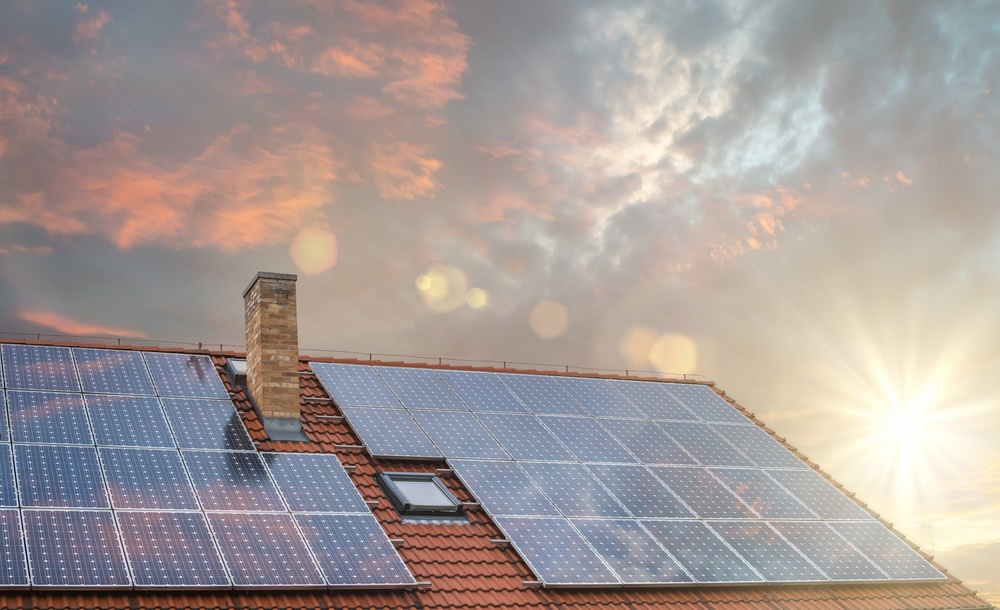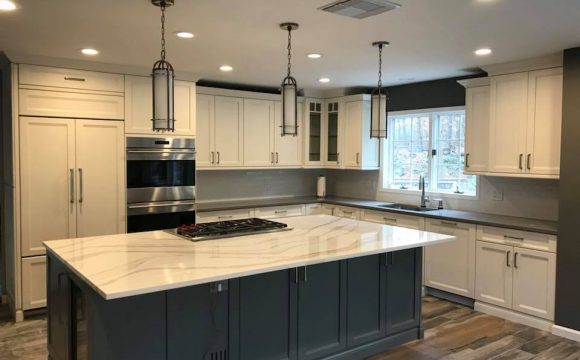Solar energy is becoming an increasingly popular choice for homeowners who want to reduce their carbon footprint and save money on energy bills. But according to the good folk at Vivint Solar, when it comes to energy production one of the most important considerations is the location of the solar panels. In this article we will look at the best location for a home solar panels system in terms of energy production and what you need to think about when choosing a location for your home solar panels.
What Can Affect Solar Panel Energy Production
Solar panels work by converting sunlight into electricity. However, the amount of electricity that a solar panel can generate depends on several factors. These can include:
- the number of sunlight hours the panels receive
- how intense the sunlight is
- the angle and orientation of the solar panel system
- how efficient the system is
- the temperature of the solar panels
- whether or not there is any shade on the panels.
How Does Weather and Climate Affect Solar Panel Performance?
How well your solar panels perform is directly related to the weather and climate in the area where you live. For the most part, locations that see a lot of sunshine and low cloud cover are best for solar panels, but this does not mean that a solar panel system will not produce electricity on a cloudy day. It will, but the production rate will be lower.
Do not be fooled into thinking that the warmest areas will perform best. In fact, when the weather is too hot, solar panel systems tend to become less efficient, and thus produce less energy. This is because extreme heat can affect the inner workings of the panels. Solar panels work with sunlight rather than heat.
Why Solar Panel Position Matters
The latitude and longitude of your location are also factors in how well the solar panels will perform. Areas closer to the equator receive more hours of sunlight and are well suited for solar energy production. However, this does not mean that solar panels are not effective in other latitudes further away from the equator.
The angle and orientation of your solar panels is also important. For homes in the northern hemisphere, solar panels will have maximum sunlight exposure if facing south. The opposite is true for homes in the southern hemisphere.
The Importance of Sunlight
As mentioned above, solar panels convert light from the sun into energy, and the more sunlight the panels receive the better they perform and the more energy they will produce. This is why it is so important to choose a location for your solar panels that will receive the most sunlight.
When selecting a location for the solar panels, consider the amount of sunlight that the area receives throughout the year. Try to position them so that they will get sunlight all year round.
What Type of Solar Panels are Best for You?
You should be aware that there are a few different types of solar panel systems available. The two more common types are polycrystalline solar panels and monocrystalline solar panels. How much energy your system produces depends on the type of panels that you choose.
Monocrystalline solar panels are more efficient and produce more energy per square foot than polycrystalline solar panels. But that extra efficiency comes at a cost as they are more expensive. The system you choose will usually depend on how much you can afford to pay. However, many companies will provide finance, making it easier for customers to spread the cost of the system and offset the savings they make on electricity against the cost of installation.
Urban vs. Rural Locations for Solar Energy
Whether you live in an urban or rural location can also have an impact on the how effective your home solar panels system is. This is because urban areas tend to have more obstructions, such as tall buildings, which can cast shadows over solar panels and thus reduces their energy output. Rural homes, on the other hand, tend to be in open spaces with fewer obstructions.
How to Make the Most of Your Location
To make the most of your solar panels wherever you are located, there are a few things you can do. Below are a few examples.
- Make sure you choose a solar panel system that meets your needs and budget.
- Ensure that your solar panels are getting the most sunlight by making sure they are installed at the appropriate orientation and angle.
- Be sure to maintain your solar panel system by cleaning it of dirt and debris regularly, as even a buildup of dust can affect their energy production.
- Keep an eye on your solar panel output to ensure they are working at full capacity for the external conditions. If not, take steps to correct any issues.
- Consider installing a solar battery storage system so that excess energy is not sent back to the grid and can be used within your home when the panels are not generating electricity, such as at night or on overcast days.
Conclusion
There are many successful examples of solar panel installations in a variety of locations. For example, Vivint Solar, a leading provider of home solar panels, has installed solar panels in a range of locations across the United States and Canada, from sunny California to snowy Montreal. Their solar panels are designed to withstand a variety of weather conditions, and they are always installed at the correct angle and orientation to maximize energy production.
Choosing the best location for your solar panels requires the careful consideration of a variety of factors, including climate, location, and the amount of sunlight the area receives. By choosing the right type of solar panel for your needs, keeping your solar panels clean and well-maintained, and monitoring their performance regularly, you can maximize the energy production of your solar panels and enjoy the many benefits of clean, renewable energy.








